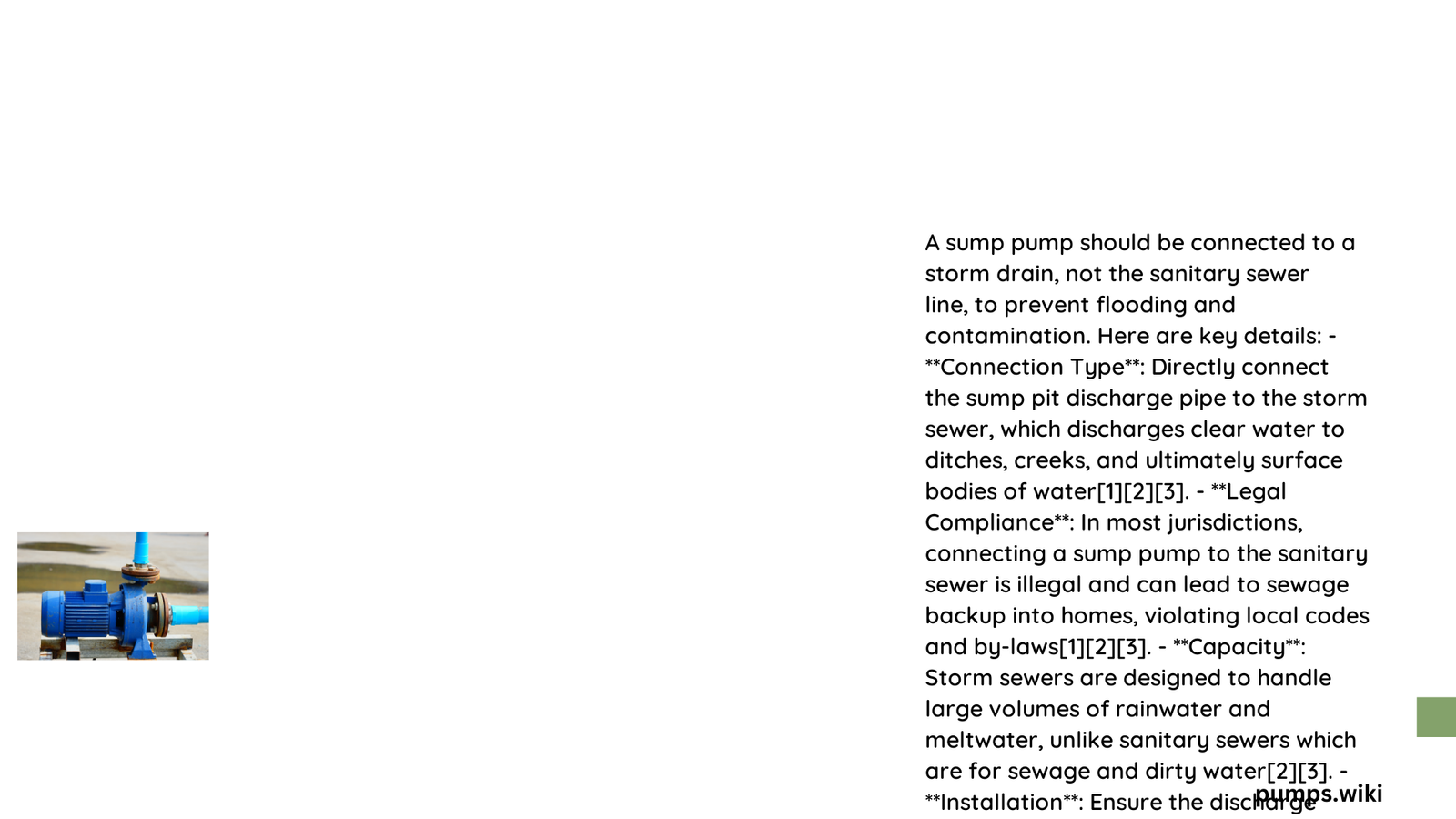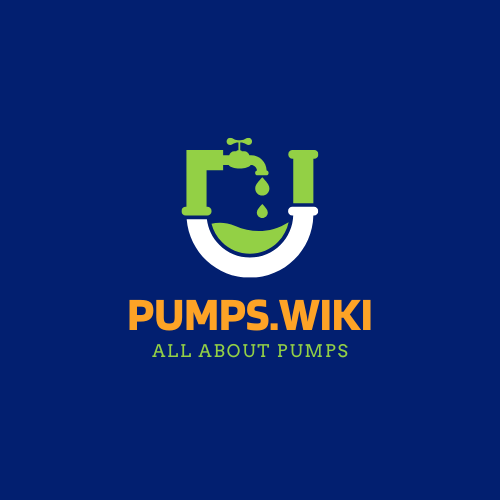Connecting a sump pump to a storm drain requires careful planning and adherence to local municipal regulations. Homeowners must navigate complex technical requirements, ensuring proper discharge pipe installation, material selection, and compliance with local engineering standards. This comprehensive guide explores the critical aspects of sump pump storm drain connections, providing actionable insights for effective water management and system performance.
What Are the Basic Requirements for Sump Pump Storm Drain Connection?
Local Regulations and Compliance
Sump pump storm drain connections vary significantly across different municipalities. Key considerations include:
| Jurisdiction | Pipe Material | Minimum Diameter | Approval Process |
|---|---|---|---|
| New Lenox, IL | PVC SDR 35 | 4-8 inches | Village Engineer Approval |
| Los Angeles, CA | Approved Materials | 4-6 inches | Building Official Review |
Key Compliance Factors
- Pipe Material Selection
- Use approved PVC pipes (SDR 35)
- Comply with ASTM D-3034 standards
-
Verify local municipal specifications
-
Discharge Distance Requirements
- Minimum 10-20 feet from foundation
- Avoid direct water flow towards building structure
- Ensure proper gradient for efficient drainage
Technical Installation Considerations
Pipe Installation Guidelines
- Depth: Bury discharge line below frost line (typically 40 inches)
- Bends: Use 45-degree angles instead of 90-degree turns
- Separation: Maintain minimum one-foot separation between pipe bends
How Do I Prepare for Sump Pump Storm Drain Connection?

Pre-Installation Checklist
Before connecting your sump pump to a storm drain:
- [ ] Obtain necessary municipal permits
- [ ] Schedule professional inspection
- [ ] Verify local storm drain connection regulations
- [ ] Prepare detailed installation plan
- [ ] Select appropriate pipe materials
Professional Consultation
Recommended Steps:
1. Contact local municipal engineering department
2. Request specific storm drain connection guidelines
3. Schedule site evaluation
4. Obtain written installation approval
What Potential Challenges Might I Encounter?
Common Installation Obstacles
- Environmental Restrictions: Preventing illicit discharges
- Terrain Limitations: Managing slope and drainage
- Regulatory Compliance: Meeting complex municipal codes
Mitigation Strategies
- Use professional drainage consultants
- Implement smart monitoring systems
- Regular maintenance and inspection
- Document all installation processes
What Are the Cost Implications?
Estimated Investment Range
- Basic Installation: $500 – $1,500
- Complex Configurations: $2,000 – $5,000
- Professional Consultation: $200 – $500
Factors Affecting Total Cost
- Local municipal requirements
- Property terrain
- Pipe length and complexity
- Required professional services
Maintenance and Long-Term Performance
Recommended Maintenance Schedule
- Quarterly: Visual system inspection
- Annually: Professional comprehensive review
- After Major Storms: Detailed system assessment
Performance Monitoring
- Install smart monitoring systems
- Track discharge efficiency
- Document potential issues
Conclusion
Successful sump pump connection to storm drain requires meticulous planning, local regulatory compliance, and professional expertise. Homeowners should prioritize proper installation, regular maintenance, and ongoing system evaluation.
